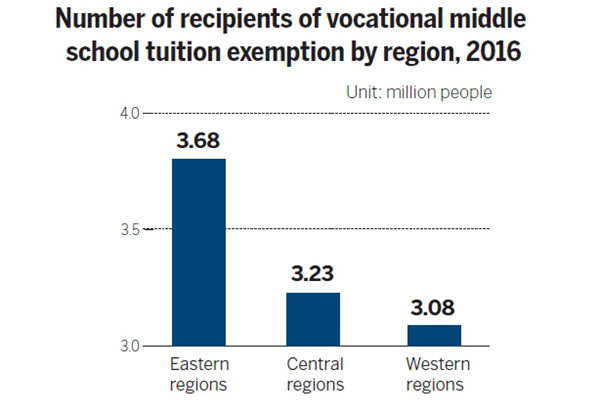Understanding Is Financial Aid Student Loans: Your Guide to Funding Your Education
#### What Are Financial Aid Student Loans?Financial aid student loans are a type of funding provided to help students cover the costs of their education. Th……
#### What Are Financial Aid Student Loans?
Financial aid student loans are a type of funding provided to help students cover the costs of their education. These loans can come from the federal government, private lenders, or educational institutions. They are designed to bridge the gap between the cost of attending college and the financial resources available to the student. Understanding the nature of these loans is crucial for students seeking financial assistance.
#### The Importance of Financial Aid Student Loans
For many students, financial aid student loans are essential for making higher education accessible. College tuition has been rising steadily, and not all students can afford to pay out of pocket. Financial aid student loans offer a solution by allowing students to borrow money to cover tuition, fees, and even living expenses while they pursue their degrees. This financial support can open doors to opportunities that might otherwise be out of reach.
#### Types of Financial Aid Student Loans
There are primarily two types of financial aid student loans: federal student loans and private student loans.
1. **Federal Student Loans**: These loans are funded by the government and typically offer lower interest rates and more flexible repayment options compared to private loans. They include Direct Subsidized Loans, Direct Unsubsidized Loans, and PLUS Loans for parents and graduate students.
2. **Private Student Loans**: These loans come from private financial institutions and may have varying interest rates and repayment terms. They often require a credit check and may not offer the same benefits as federal loans, such as deferment or income-driven repayment plans.
#### Eligibility for Financial Aid Student Loans
To qualify for financial aid student loans, students must meet certain eligibility criteria. Generally, students must be enrolled at least half-time in an eligible degree or certificate program and demonstrate financial need, especially for federal loans. The Free Application for Federal Student Aid (FAFSA) is the primary tool used to determine eligibility for federal financial aid, including loans.
#### The Application Process for Financial Aid Student Loans
Applying for financial aid student loans involves several steps. First, students must complete the FAFSA, which collects financial information to assess need. Once the FAFSA is processed, students will receive a financial aid offer from their school, detailing the types and amounts of aid available to them. If they choose to accept federal loans, they will need to complete entrance counseling and sign a Master Promissory Note (MPN) agreeing to the terms of the loan.
#### Repayment of Financial Aid Student Loans

Repayment of financial aid student loans can vary significantly based on the type of loan and the borrower’s financial situation. Federal loans typically offer a grace period after graduation before repayment begins, along with various repayment plans, including income-driven repayment options. Private loans may not offer the same flexibility, so it’s important for borrowers to understand their repayment terms fully.
#### Conclusion: Navigating Financial Aid Student Loans
In conclusion, understanding is financial aid student loans is essential for any student seeking to finance their education. With the rising costs of college, these loans can provide necessary support, but it’s important to approach them with caution. Students should carefully consider their options, understand the terms of any loans they take out, and plan for repayment to ensure they can manage their financial future effectively. By being informed and proactive, students can make the most of financial aid student loans and achieve their educational goals.